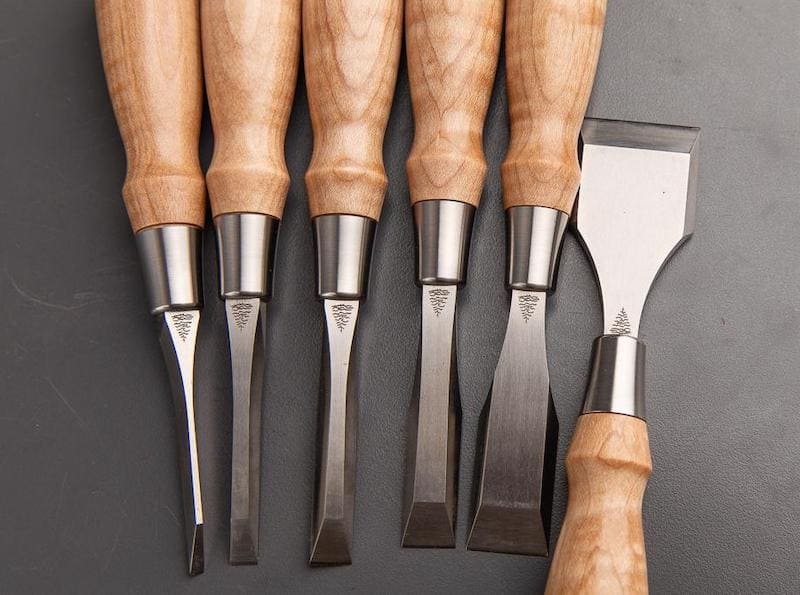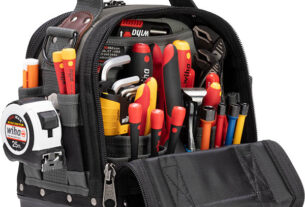If you’re a handyman or DIY enthusiast, you know how important it is to have reliable and comfortable tools. And one of the most crucial parts of a tool is its handle. The handle is what connects you to the tool and can make all the difference in your work’s quality and comfort.
In this article, we’ll dive into everything you need to know about wood handles for tools, from their benefits and drawbacks to the different types of wood used and how to choose the best one for your needs.
What Are Wood Handles for Tools?
Wood handles for tools are a classic choice that has been used for centuries. They are made by shaping a piece of wood into the desired shape and attaching it to a metal toolhead with screws, nails, or glue.
Wood handles come in various shapes and sizes, depending on the type of tool they’re designed for. Some common examples include:
– Hammer handles
– Axe handles
– Chisel handles
– Screwdriver handles
– Shovel handles
Benefits of Wood Handles for Tools
There are several reasons why wood handles remain popular among professionals and amateurs alike:
1. Comfortable grip
Wood is an excellent material when it comes to grip. It’s soft enough to provide comfort but also firm enough to offer stability and control over your tool. Additionally, wood can absorb vibrations better than other materials like plastic or metal.
2. Durable
When properly maintained, wood handles can last a long time. They’re resistant to wear and tear, moisture, and temperature changes.
3. Aesthetic appeal
Let’s face it; wood just looks great! It gives tools a timeless, classic look that can’t be replicated with other materials.
4. Customizable
Since wood is easy to shape and carve, it’s possible to customize your handle’s design according to your preferences.
Drawbacks of Wood Handles for Tools
Although wood handles have many advantages, they’re not perfect. Here are some drawbacks to consider:
1. Heavy
Compared to other materials like plastic or composite, wood is relatively heavy, which can be a disadvantage if you need to work with your tool for extended periods.
2. Susceptible to damage
While wood is durable, it’s not impervious to damage. It can crack, split, or splinter if exposed to extreme pressure or humidity.
3. Requires maintenance
To keep your wood handle in good condition, you’ll need to perform regular maintenance tasks like oiling and sanding.
Types of Wood Used for Tool Handles
Several types of wood are suitable for making tool handles. Each has its unique characteristics and benefits that make them ideal for certain tools and applications.
1. Hickory
Hickory is one of the most popular woods used for tool handles because of its strength and flexibility. It’s resistant to shock and impact and can withstand high temperatures without cracking or warping.
2. Ash
Ash is another popular choice for tool handles because it’s lightweight, strong, and flexible. Its grain pattern makes it easy to grip, even when wet.
3. Oak
Oak is a dense hardwood that’s tough enough to handle heavy-duty tools like axes and sledgehammers. Its tight grain pattern makes it resistant to splitting and cracking.
4. Maple
Maple is known for its hardness, durability, and resistance to wear and tear. It’s often used for chisel handles, where accuracy and precision are essential.
5. Rosewood
Rosewood is a dense tropical hardwood with a distinctive reddish-brown color and rich grain pattern. Its density makes it ideal for carving intricate designs into tool handles.
How to Choose the Best Wood Handle for Your Tools
Choosing the right wood handle depends on several factors, including the type of tool, your working conditions, and personal preferences. Here are some things to consider:
1. Tool type
Different tools require different handle shapes and sizes. For example, a hammer handle should be thicker and provide a secure grip to prevent the tool from slipping out of your hand. On the other hand, a chisel handle should be thinner and allow for more precise movements.
2. Working conditions
Consider the environment in which you’ll be using your tool. If you work outdoors or in damp conditions, choose a wood that’s resistant to moisture and won’t crack or split easily.
3. Personal preferences
Finally, consider your personal preferences when it comes to grip comfort and aesthetics. Do you prefer a smooth or textured handle? Do you like the look of light or dark wood?
Conclusion
Choosing the right wood handle for your tools can make all the difference in your work’s quality and comfort. By understanding the different types of wood available and what factors to consider when choosing one, you can find the perfect handle for your needs.
Remember that wood handles require regular maintenance to stay in good condition, so be sure to oil and sand them regularly.
If you’re looking for high-quality wood handles for your tools, check out our wiki reference below for some recommended brands.
Wiki Reference:
– Estwing
– Vaughan
– Council Tool
– Nupla
– Husky Tools




